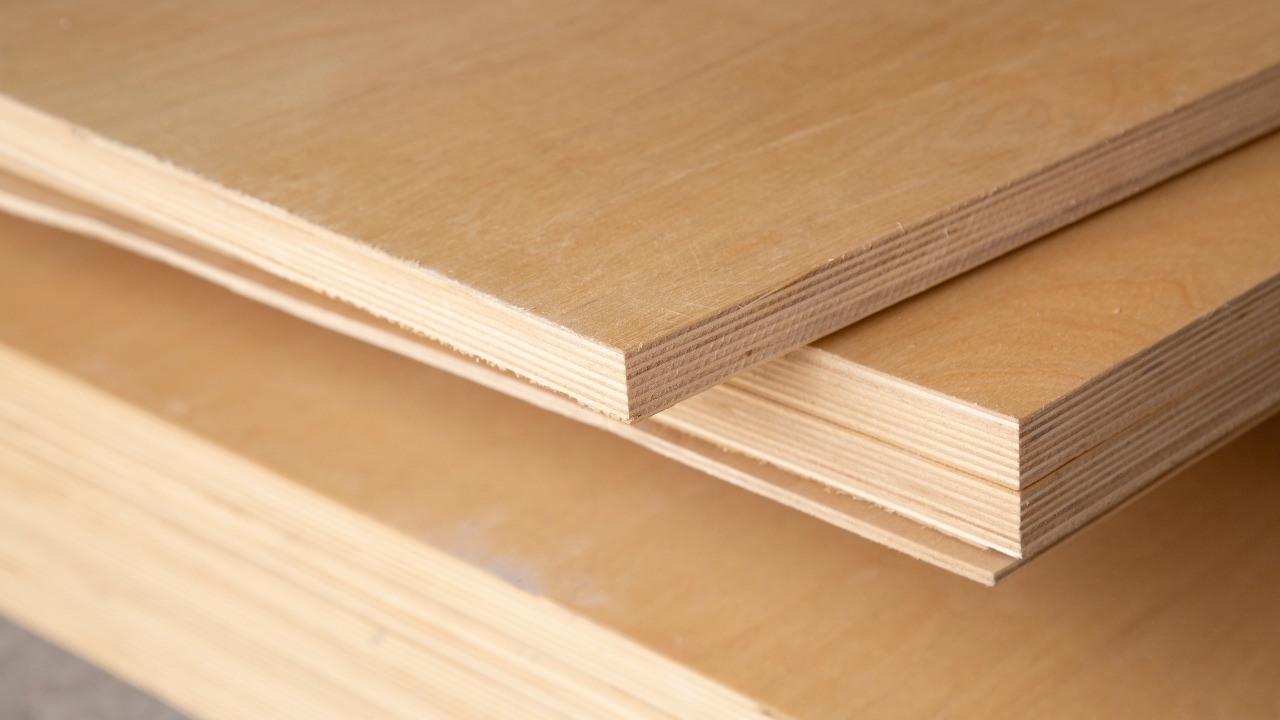The human capacity to craft something out of raw materials is breathtaking. The Great Pyramids, The Great Wall of China, and massive skyscrapers in Dubai were forged from raw stone, steel, or a combination of building materials. When you look around a big city, sometimes you can’t help but marvel at how we’ve managed to build everything.
And all buildings start from scratch – plans and raw supplies. And one raw material that is commonly used is plywood from high-quality plywood suppliers. But what exactly is plywood? This helpful article will share a comprehensive guide to plywood. You’ll learn about grades, types and possible applications for plywood. Read on to discover more.
Table of Contents
What is Plywood?
Plywood is a timber construction material in sheet form. It is made by combining several layers of wood veneer, with each layer being glued together. Each layer is rotated up to 90 degrees before being glued, called cross-graining. The reason for this is that cross-graining gives plywood additional strength and durability. That’s how it can resist being nailed onto other materials or other pieces of plywood. Cross-graining also prevents the warping of the sheet.
Grades of Plywood
Now, let’s discuss the different grades of plywood. There are two main types of plywood, soft grade and hard grade. Soft grade has four subtypes, while hard grade has only one. The grades of soft-grade plywood are ranked from A to D. Let’s explain each in turn:
- A-grade plywood is the best, highest-quality plywood on the market. It costs more, but working with it saves time and creates a superior product. It is smooth and easy to paint.
- B-grade plywood has some small flaws that sometimes require minor repairs. It is slightly less smooth than A-grade.
- C-grade plywood has more prominent, visible flaws and knots present, varying from small to 1.5 inches in diameter.
- D-grade is the lowest grade and has significant, obvious flaws and knots that range up to 2.5 inches in diameter. It is the cheapest, worst grade of plywood.
Some sheets of plywood are made up of multiple grades. The first letter is always the face of the plywood. For instance, “AB” plywood has an A-grade face and a B-grade rear sheet.
Hardwood plywood is a bit different and uses a different lettered system for grading. Like softwood, the face veneer is always signified by letters, from A through to D, in terms of quality. However, hardwood plywood uses a number for the back. 1 is the best quality, whereas 4 is the worst. So A1 hardwood plywood is the best, and D4 is the worst, but a cost-effective option.
What Are the Different Types of Plywood and What Are They Used For?
As well as different grades, different types of plywood are used for different things.
For instance, Birch plywood is used for furniture making, children’s toys and packing materials. Hardwood plywood can be used for joinery, shelving, millwork and furniture making. Marine plywood is used for marine work, such as building boats and docks, walls, roofs, fencing and windows. Shuttering plywood is used for construction, ceilings, walls and for holding concrete.
However, each type has its disadvantages too. Birch plywood has a variety of alternating face grades, as mentioned above. This means the quality will vary depending on the grade. Hardwood plywood is more expensive, so you must spend more for its superior quality.
Softwood plywood is prone to splintering if not worked correctly with the right tools, and sometimes lower grades require some filling and repair. Marine plywood needs additional sealing, as it’s used in harsh environments. Shuttering plywood is sometimes restricted to single use only.
Further Uses for Plywood
Plywood is a versatile construction material that has many uses. We’ve mentioned some above, but plywood can also make kitchen, bathroom and living space cabinets. It’s also commonly used as backing for cabinets as it is superior to chipboard or MDF.
Furthermore, plywood can be used for pet hutches, such as rabbit or guinea pig enclosures, kennels and even skateboard ramps. It is also used as a subfloor material during a house build, with floating, engineered vinyl or tiles installed on top of it. Plywood is also often used in constructing movie and TV sets, and the building exteriors you see are often just facades constructed of plywood.
Construction Conclusion
As you can see, plywood is an incredibly versatile building material with various uses. This helpful article has discussed the different grades and types of plywood and what it is used to build. By now, you’re a plywood expert. Do you have an upcoming DIY project using plywood? The next step is to learn how to work with plywood – such as what tools you need to use and how to put it all together.





